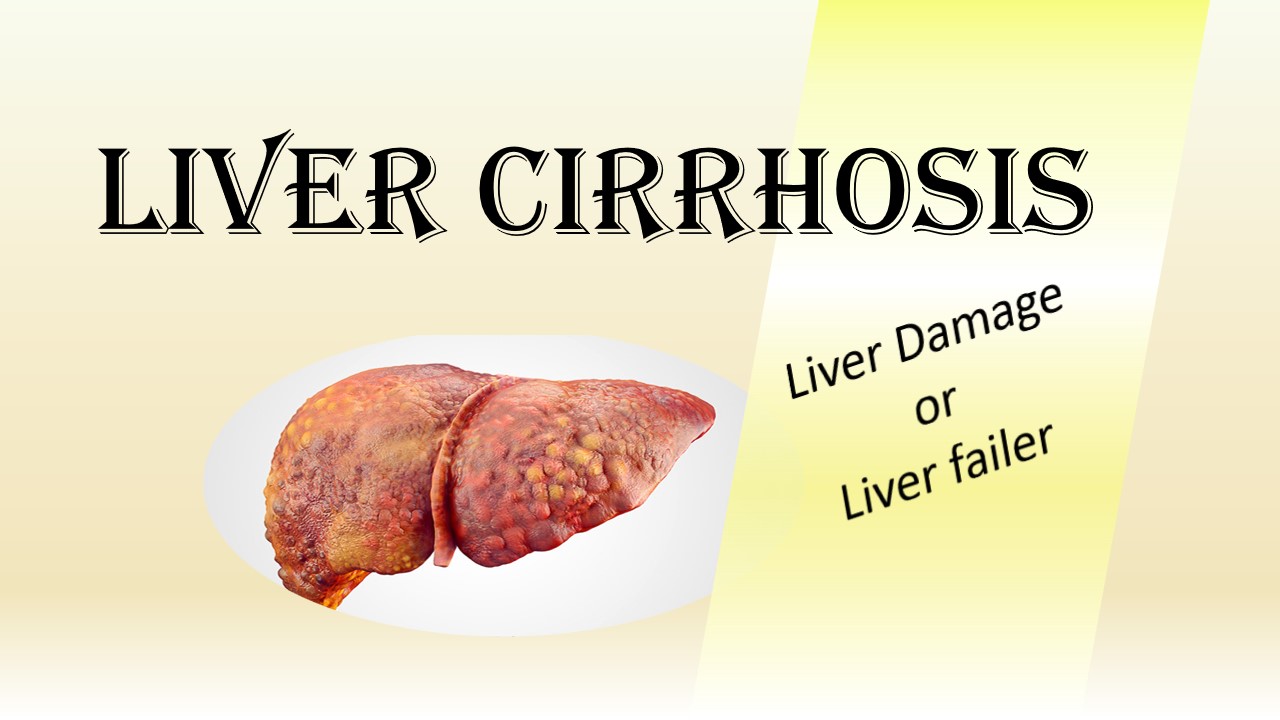
Cirrhosis
Cirrhosis is also called liver cirrhosis or hepatic cirrhosis and liver disease. One form of liver damage called cirrhosis occurs when scar tissue takes the place of healthy liver cells. The liver's essential processes of metabolism, protein synthesis (including blood clotting factors), and drug and toxin filtration are all impaired liver. Cirrhosis is exclusively caused by heavy alcohol consumption. However, the liver can sustain damage in other ways as well, which might result in cirrhosis.
Cirrhosis can take months or years to develop, depending on what caused it. The treatment are to stop liver damage, control the symptoms, and lower the chance of consequences, such as diabetes, liver cancer, liver failure, and osteoporosis (brittle bones). In the absence of medical intervention, cirrhosis of the liver can result in several potentially fatal consequences, such as bleeding from swollen blood vessels in the stomach or oesophagus accumulation of fluid in the abdominal cavity. Liver failure can result from scar tissue obstructing blood flow through the liver and from the death of liver cells. Acumulation of the fat in the liver is called non-alcoholic fatty liver disease (NAFLD). Controlling these disorders is advised because NASH typically affects people who are obese, have diabetes, or have high blood triglycerides and cholesterol. If a person with NASH also has hepatitis C, they are more likely to have liver damage. Although the effects of alcohol are debatable, it is probably not advised if there is a considerable amount of liver scarring.
Symptoms
- fatigue
- nausea
- loss of appetite
- Weight loss and loss of muscle mass
- swelling in the legs and abdomen due to a buildup of fluid
- An enlarged spleen
- Jaundice
- dark-colored urine
- tarry stools
- itching
- internal bleeding
Causes/Risk factor
- Alcohol
- autoimmune diseases
- exposure to poisons
- Schistosomiasis(parasitic disease)
Diagnosis
Histology department
When the results of other testing are unclear, cirrhosis might be diagnosed with a liver biopsy. A doctor may use the biopsy to determine whether it requires treatment and to find the source of cirrhosis. A needle will be used by the physician to remove tiny fragments of liver tissue during a liver biopsy. The tissue will be examined under a microscope by a pathologist. Microscopy examination revealed the abnormalities in tissue and confirmed the related disease.
Biopsy of liver examined under the microscope
Reference:
- https://en.wikipedia.org/wiki/Cirrhosis#Diagnosis
-
https://www.betterhealth.vic.gov.au/health/conditionsandtreatments/cirrhosis-of-the-liver#diagnosis-of-liver-cirrhosis
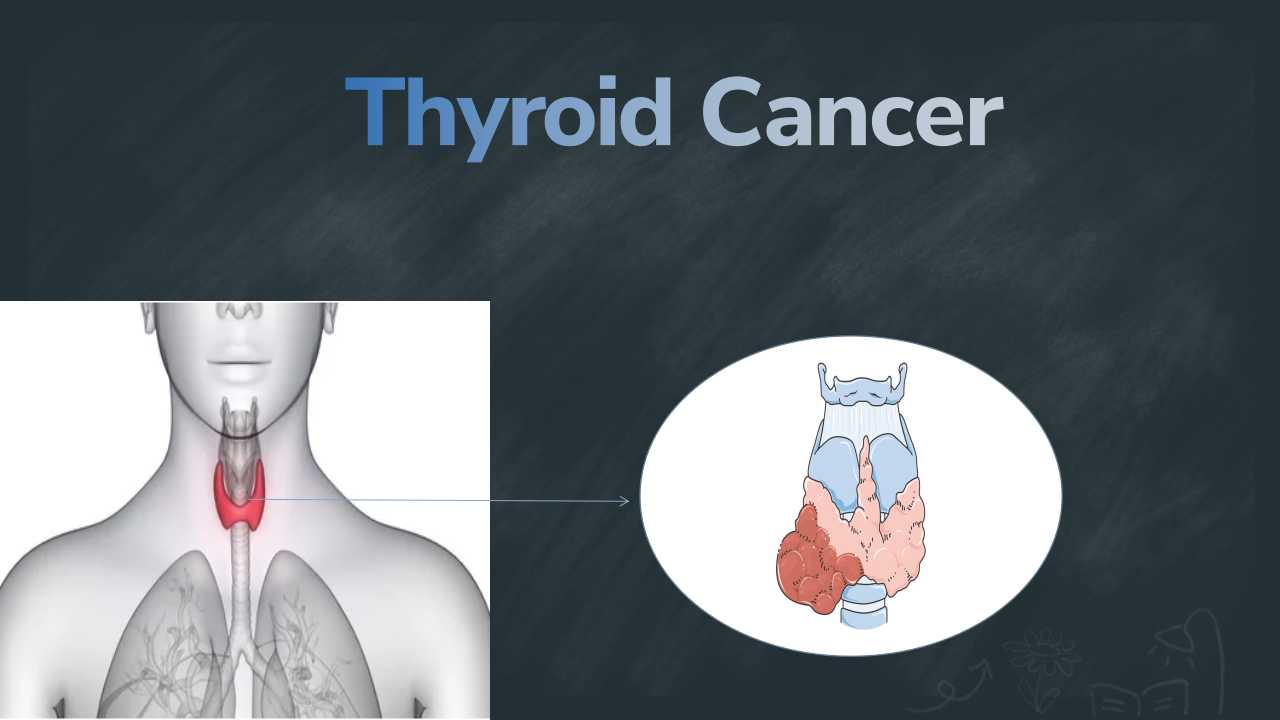

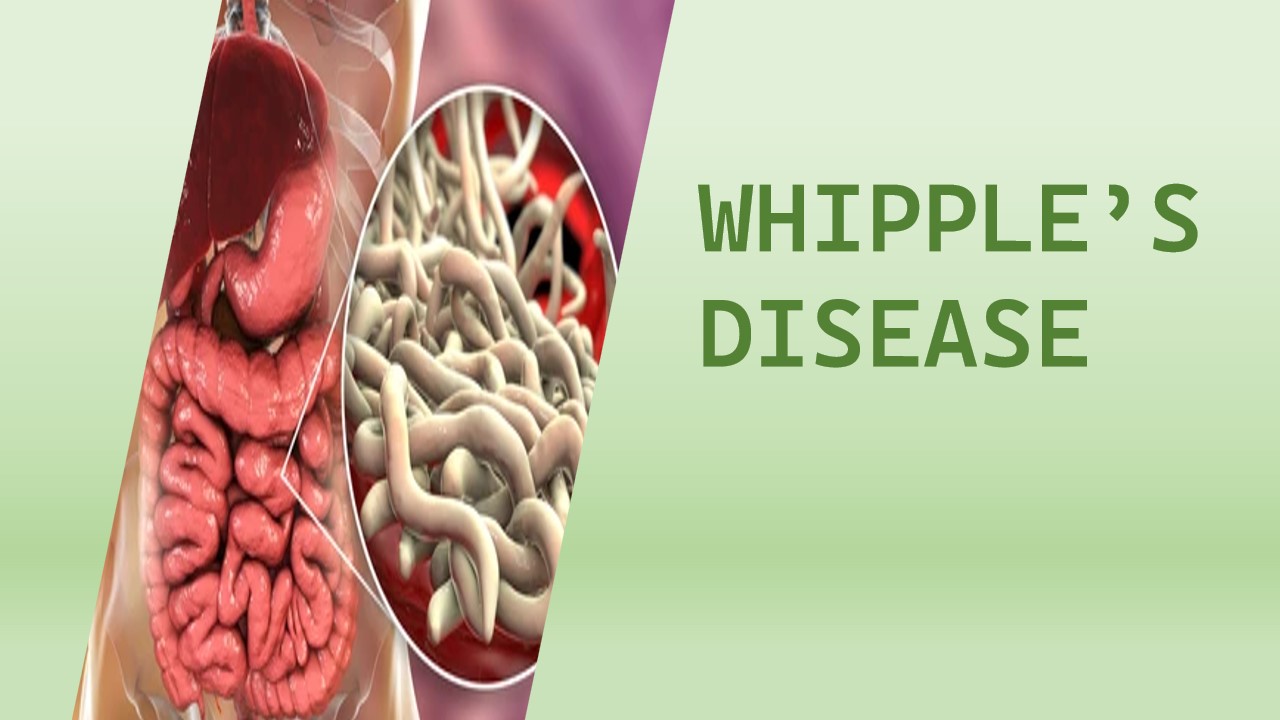
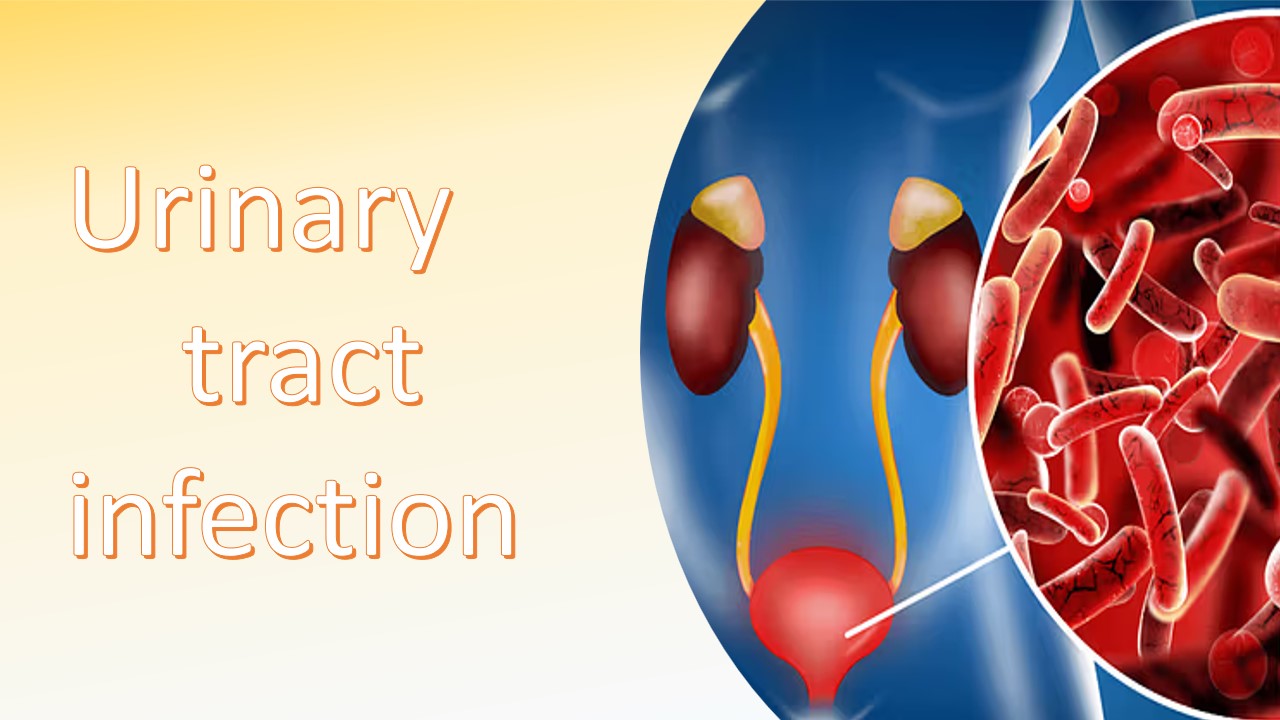
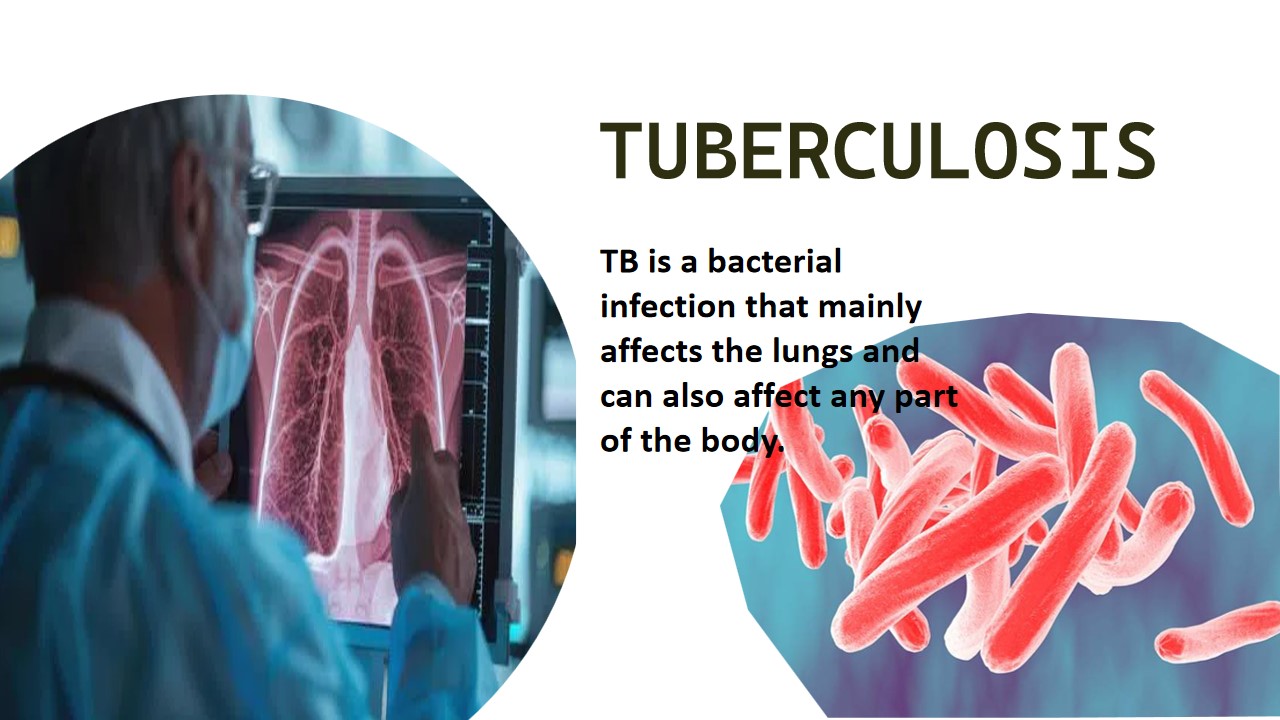
0 comments